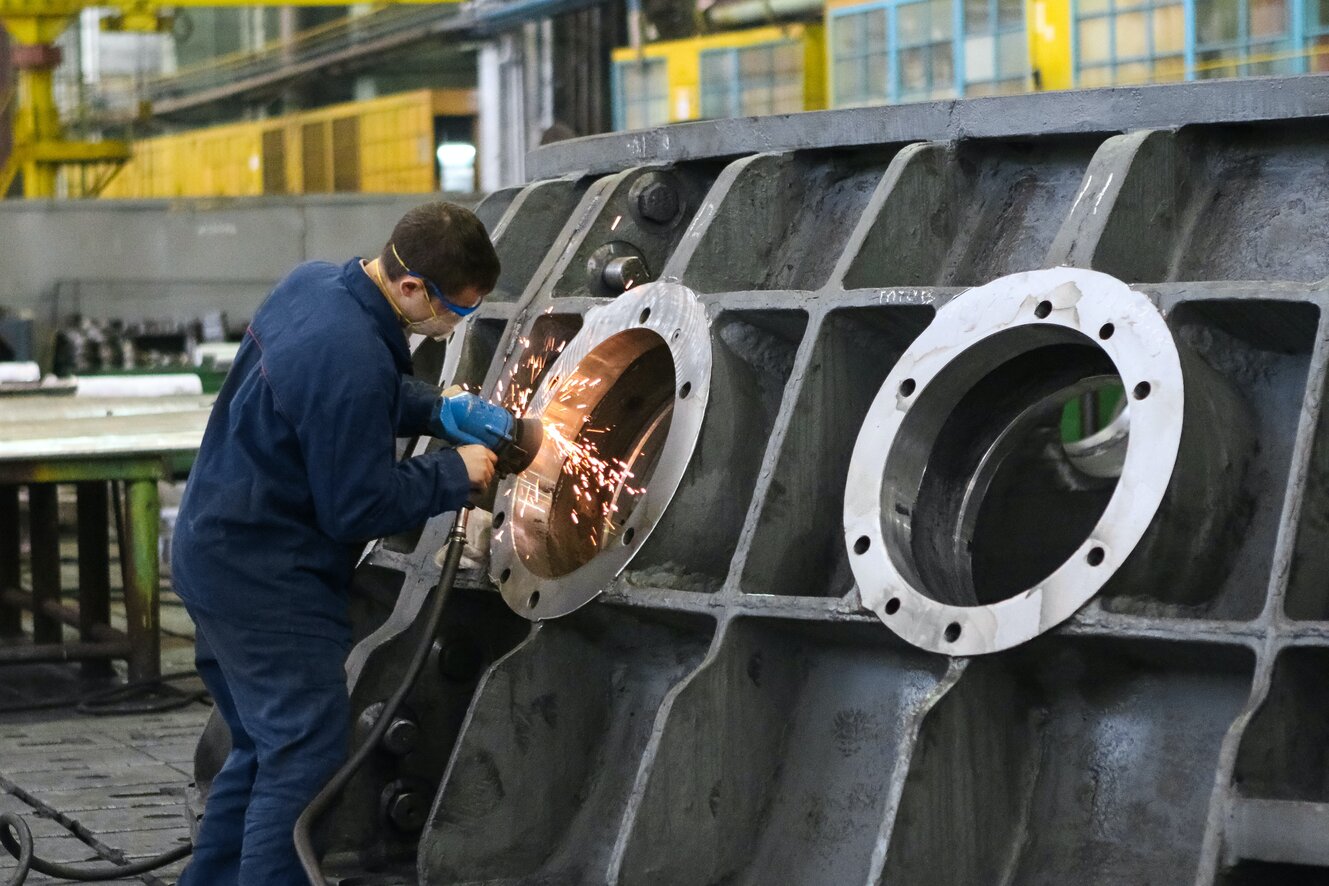
The Camp Lejeune water contamination lawsuit is considered one of the contaminations of public drinking water in US history. It took place from 1953 to 1987 in the Marine Corps Base Camp Lejeune in Jacksonville, North California. There, members of the United States Marine Corps (USMC) and their families lived. For almost 3 decades the residents there bathed and ingested water that was contaminated with harmful chemicals 540-3,400 times the safe amount.
How Was The Water Contaminated
Of the 8 water treatment plants on the base, 2 were contaminated. Over 70 chemicals were found in the water, the main ones being tetrachloroethylene (a dry cleaning solvent), trichloroethylene (a degreaser), benzene, and vinyl chloride.
The water was contaminated from multiple sources. The ones of note are the on-base military equipment cleaning, a nearby off-base dry cleaning company, and underground fuel storage tanks. Other possible sources were the dumping of oil into the storm drains, the potential radioactive material which was buried around the camp, and the remains of animals used in testing.
It is believed that the benzene likely came from the 800,000 gallons of fuel leaked into the water supply over the contamination period.
What Investigations Were Done
In 1982, Grainger Laboratories was contracted by the USMC to examine the water after a few tests were done that found some solvents. Grainger Laboratories were told to give a report and with it, they found the water was highly contaminated. They attempted to give warnings to base officials but they were unwilling to listen.
In June of 1983, North Carolina’s water supply agency asked for the Grainger reports, the marine officials on base declined to give them the reports and in December of that same year the officials scaled back Grainger’s testing.
While the solvents were known about, benzene wasn’t discovered until 1984, with that news only one of the wells was shut down. The rest of the wells followed in 1985. The marines gave the solvents as the reason for the wells shut down and did not mention the benzene.
In 1997 the Agency for Toxic Substances and Disease Registry (ATSDR) said that there was nothing cancerous in the well water, clearly overlooking the presence of benzene. 12 years later they withdrew this report and admitted that the water was contaminated with benzene.
It wasn’t until 1999 that residents were made aware of the possible consumption of contaminated water.
The Effects Of The Contamination
While there were a few investigations and campaigns, it wasn’t until 2009 that congress took action. A bill was proposed to provide assistance to the victims of Camp Lejeune’s water contamination. Some of these victims had developed cancer, myeloma, or ALS.
In the following years until 2012 multiple investigations were done into the contamination and what the USMC knew about it. In 2010, the ATSDR complained to the USMC about withholding documents from them that they could’ve used in their 1997 report. It was shown that the USMC had over 700,000 documents on a database pertaining to the water contamination. The USMC denied withholding the documents as said they were available on a hard copy. The documents weren’t present on the 2 panels which advised the US government on the contamination.
In 2007, Jerry Ensminger (a retired marine sergeant) found a document dating back to 1981 that detailed a radioactive dumpsite near the rifle range on camp. The isotope found in the waste was proven to cause cancer and leukemia.
Jerry Ensminger created a petition in 2012 for the US government to provide healthcare for the veterans who lived at Camp Lejeune.
The Janey Ensminger Act was signed by President Obama later that year in 2012. This bill was named after Jane Ensminger, the daughter of Jerry Ensminger, who was conceived and birthed at Camp Lejeune. Despite no previous family history of leukemia she was diagnosed with it at age 7 and passed away 2 years later.
This bill was put in place to provide healthcare to the families affected by the contamination. Specifically, 15 ailments that possibly can be linked to the contamination, including miscarriages and multiple types of cancer.
Final Thoughts
It is believed that millions of people have been affected by Camp Lejeune’s water contamination. In 2014 a report was released that states that residents of Camp Lejeune have a 35% higher risk of kidney cancer, 42% higher risk of liver cancer, 68% higher risk of myeloma, and 50% higher risk of ALS.

Your go-to source for the latest in tech, finance, health, and entertainment, with a knack for distilling complex topics into accessible insights, We deliver timely updates on the ever-evolving landscapes of technology, finance, health, and entertainment








